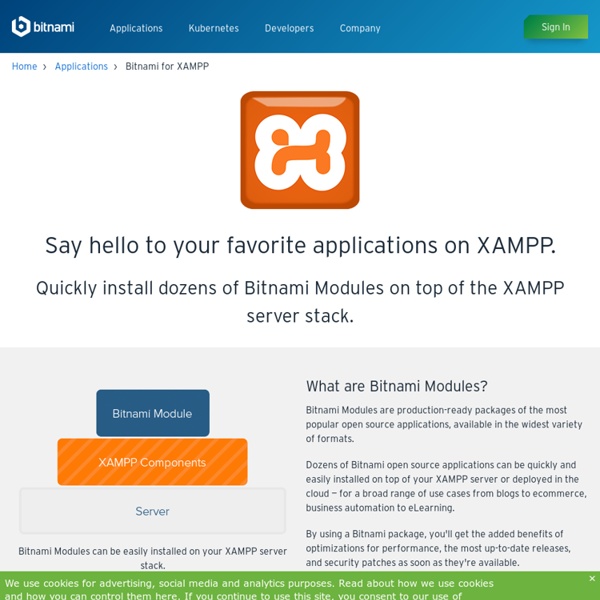



TrickLife.com Monetize Your Site We know monetization is important for many site owners. We encourage and support, with some restrictions, the many methods of monetizing the hard work you put into your blogs and sites. Read on to find out how you can turn your website into a source of income. NEW Simple Payments Simple Payments lets you create and embed credit and debit card payment buttons on your WordPress.com and Jetpack enabled sites with minimal setup. ↑ Table of Contents ↑ Advertising If you’d like to make money on your WordPress.com site with advertisements, WordAds is the official WordPress.com advertising program available for site owners. Who is eligible for WordAds? If you’d like to self-manage third-party ad networks like Google AdSense, OpenX, Lijit, BuySellAds, and Vibrant Media, those options are available on the WordPress.com Business Plan. There are a few restrictions in what affiliate programs are allowed. An easy and popular way to get started affiliate links is Amazon! Refer WordPress.com program
100 Amazing How-To Sites to Teach Yourself Anything | Rated Colleges Posted by Site Administrator in Online Learning May 7th, 2009 Learning new skills and expanding your knowledge doesn’t have to cost you an arm and a leg. There are loads of free resources on the Web that can help you find instructional videos, tutorials and classes to learn a wide variety of skills from fixing basic car problems to speaking another language. General Tutorials These sites offer a wide range of tutorials and videos. Around the House Want to know how to fix that broken cabinet or hang up some great wallpaper? Business and Management If you feel like you’re seriously lacking on business and management skills at work, no need to worry. KnowThis? Language and Writing Those who want to learn a new language, improve their writing skills or just learn more about literature will be well-served by these instructional sites. Technology These tech-focused sites offer help to both technophiles and beginners alike. actDEN: Never learned how to use Microsoft Excel? Math S.O.S. Science Creativity
theCHIVE - Funny Photos and Funny Videos - Keep Calm and Chive On 15 Free Web/Graphic Design Resources Websites Are you about to design a website? So definitely you are looking for the free design resources which would give you some creative design inspirations. These web and graphic design resources provide the designers some out of the box ideas to come up with some mind blowing designs. No matter how expert of a designer you are one always requires few graphic design resources to come out of the shell and think further more in a creative direction. In today’s post we are about to share a useful collection of free web and graphic design resources websites. Dribbble 365psd Premium Pixels Designmoo Subtle Patterns Freebies Gallery The Icon Deposit Purty Pixels Creattica Pixeden GraphicsFuel Freebies Booth PSD Graphics Design Kindle Inventlayout Related Resources:
Create Your Free Website Browse ALL of our amazing templates Wix lets everyone create their own website for an original and stunning presence. Over 40 million people choose Wix to create their stunning websites. No coding needed and it's free. Grab any designer made template or start from scratch. Change ANYTHING like text, pics, colors and more to make it your own. Wix is dedicated to providing you with the best, most reliable hosting, 100% free. Add amazing web services to your site in one click and for free.
Send Better Email | MailChimp Geeklist - A place for geeks to share what they've done, who they did it with and connect with great companies